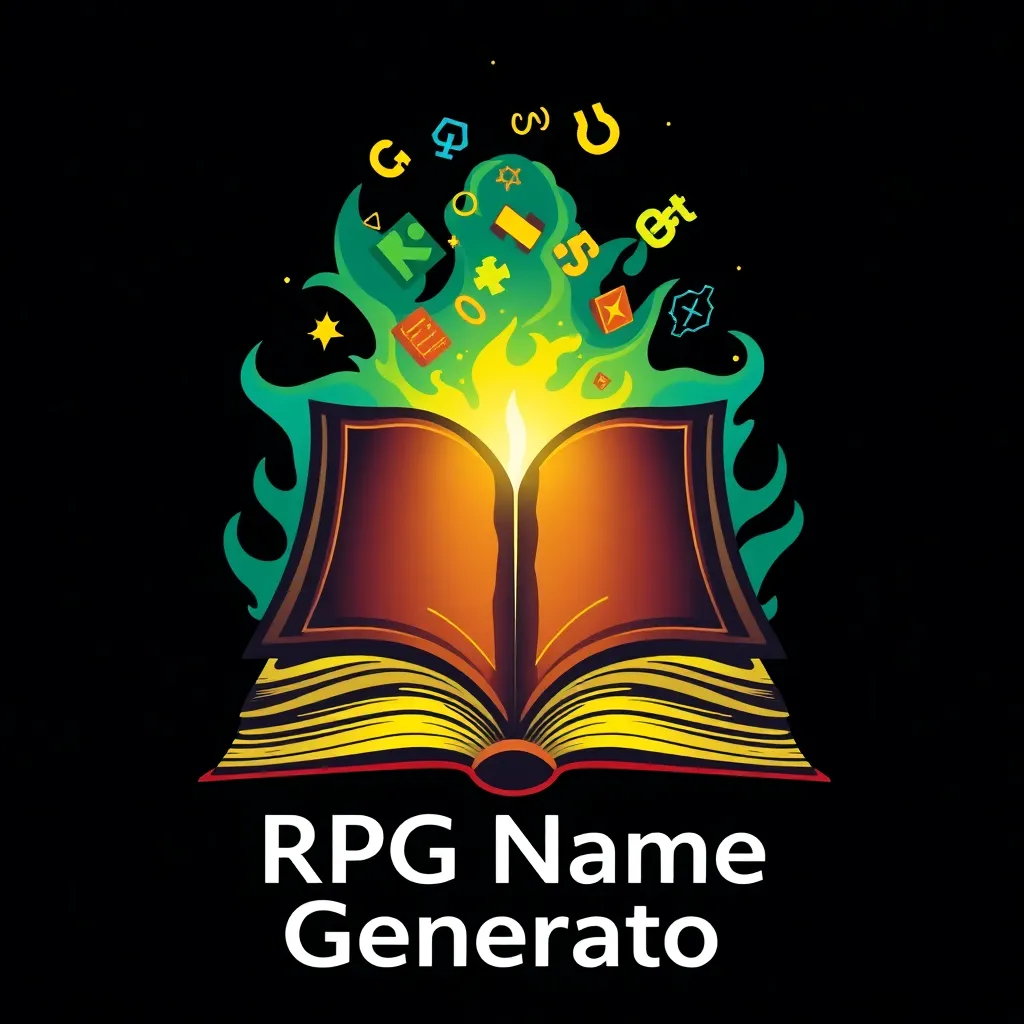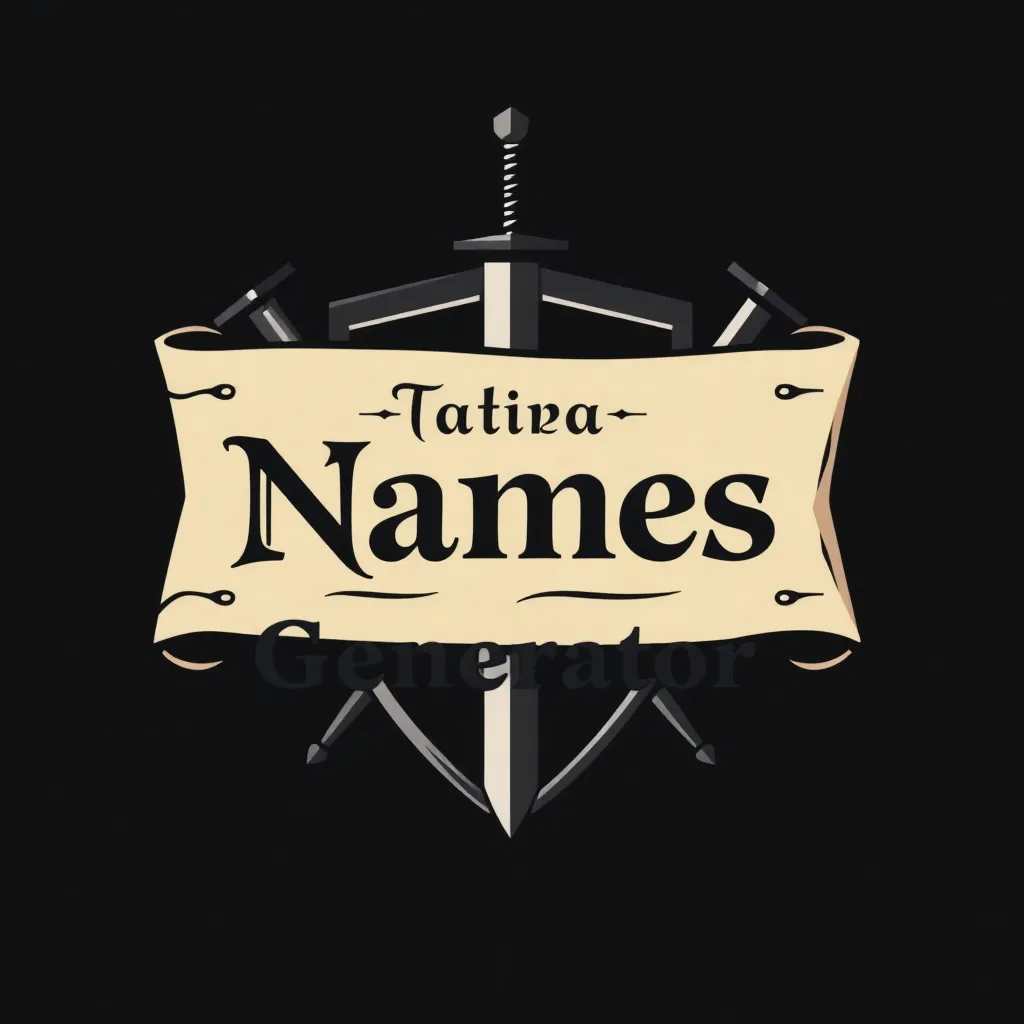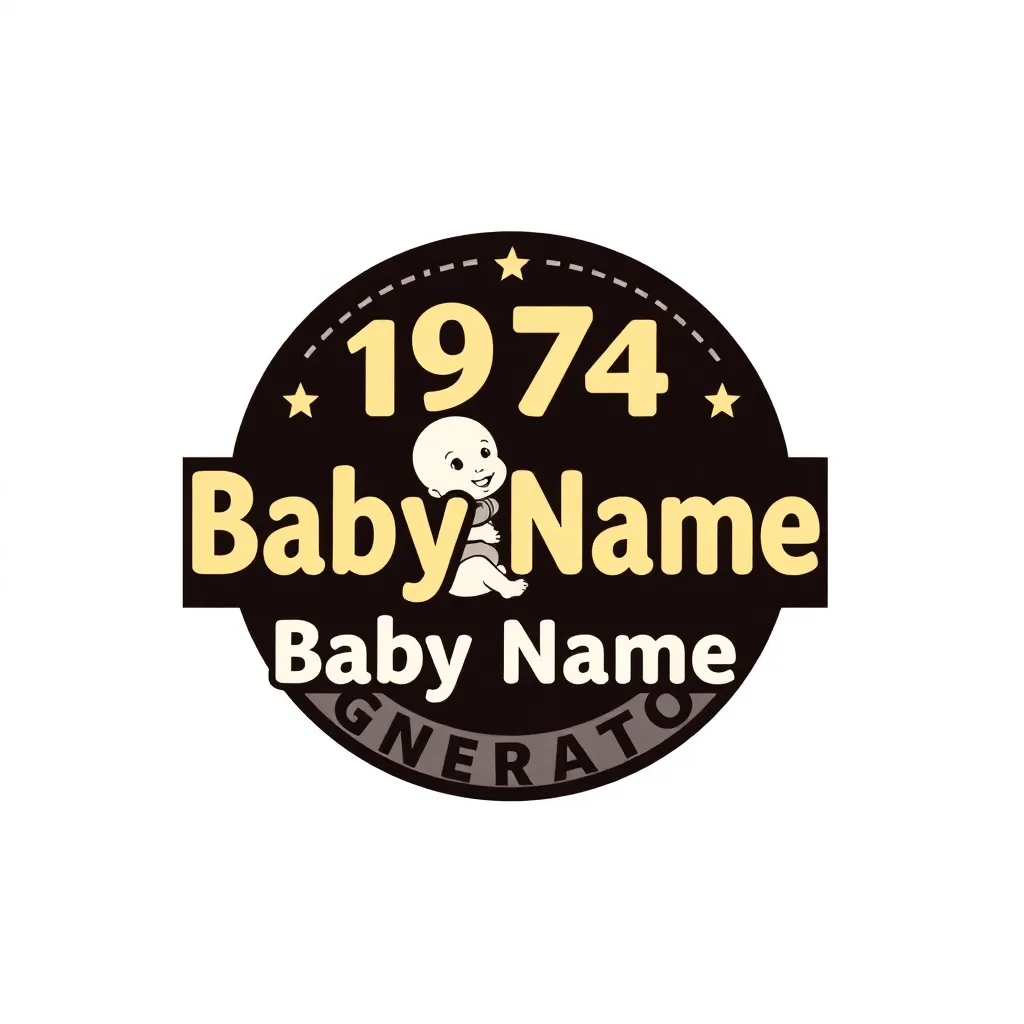
Virus Name Generator
Unleash your creativity and generate unique and memorable virus names with our AI-powered tool.
Virus Name Generator
What is the Virus Name Generator?
The Virus Name Generator is a tool designed to create unique and memorable names for computer viruses, biological viruses, or any other fictional or research-related purposes. It utilizes AI to suggest names that are evocative, descriptive, and attention-grabbing.
Creative Virus Names
Generates unique and imaginative names suitable for various types of viruses.
Domain Availability Check
Helps to check immediately if the generated name has an available domain.
Multiple Language Support
Currently it supports generating virus names in more than 20+ languages.
Customizable Name Length
Offers the option to specify the desired length of the generated names.
Thesaurus-Enriched Vocabulary
Augments basic word lists by incorporating synonyms and related terms.
How to use the Virus Name Generator
Effortlessly generate compelling virus names with these simple steps:
Enter Keywords or Concepts
Provide keywords related to the virus's characteristics or intended effect. Include any theme you would like to have.
Set Name Attributes
Specify the desired origin or language association.
Click "Generate"
Initiate the generation process to receive a list of creative virus name suggestions.
Refine & Choose
Review the generated names and select the one that best suits your needs.
Unleashing Creativity: The Virus Name Generator - A Deep Dive
In the digital age, the rapid proliferation of computer viruses, malware, and other cyber threats has become a pressing concern. These malicious entities often bear cryptic and intriguing names that can contribute to their infamy and the fear they inspire. But where do these names come from? While some are purely technical descriptions, others evoke specific emotions or references. This is where the Virus Name Generator comes into play.
What Does the Virus Name Generator Do?
This AI-powered tool acts as a brainstorming companion for cybersecurity professionals, writers, game developers, or anyone needing to conjure a believable and memorable moniker for a fictional or hypothetical virus. It’s not about promoting harm; it’s about understanding the psychology behind naming malicious software and providing a resource for creative exploration.
The generator works by analyzing patterns and themes found in real-world virus names. It then leverages its knowledge of linguistics, pop culture references, and computer science jargon to produce a wide range of potential names. The output isn’t limited to simple combinations; the algorithm strives for creativity and recognizability, drawing inspiration from diverse sources. The objective is to help users imagine plausible and believable virus names with evocative nuances, thus enhancing communication awareness and improving general understaindng.
Iconic Virus Names: Origins and Backstories
To illustrate the kind of names the AI aims to emulate and the inspirations it targets, let’s examine some well-known examples:
| Virus Name | Origin/Backstory |
|---|---|
| WannaCry | This name combines “wanna” (desire) with “cry,” reflecting the ransomware’s demand for payment or losing data. Also known as WanaCrypt0r 2.0 it impacted National Health Service (NHS) operations in UK and some Telecomunication service provider companies by spreading ransomeware throughout networks. |
| CryptoLocker | A portmanteau term combining “crypto” (referencing cryptography, the encryption process) and “locker” which reflects its function of locking acess to the victims files. It’s a popular ransomware virus notorious for file encrypting file with strong key which cannot be retrieved without the ransom fee being granted. |
| Stuxnet | The name’s exact origin is unknown. Suggestions include combinations of Siemens products the attack targeted, specific file paths in the code but no confirmation nor exact attribution is available. It’s a highly sophisticated worm responsible and believed capable of disrupting operations during Iranian nuclear enrichment facilities, considered the first well documented cyberattack targeted at civilian infrastructure. |
| ILOVEYOU | Exploits social engineering to entice users to open an email attachment containing the virus which spreads copying files by the names “LOVE-LETTER-FOR-YOU.TXT.vbs” where extensions were hidden when viewing attachments from the email’s sending contact list. A simple visual basic programmed worm infected thousands worldwide while creating damages in several billions dollars. |
| Zeus (or Zbot) | Named after the Greek god of thunder, evoking a sense of power and dominance. Also well known banking trojan which intercepts authentication credential data directly from compromised machines that could exfiltrate the logged information to remote command and control server located beyond security perimeters of the victims companies and governments. |
| NotPetya | Masqueraded as the Petya ransomware but was actually a wiper, designed to destroy data rather than hold it ransom. This ransomware heavily affected large part of companies during logistics operations throughout European area like transport infrastructures where critical software platform for controlling business operation activities has faced irreversible damages. |
By generating names based on these types of precedents, the Virus Name Generator helps users develop options that are both creative and believable, adding depth and credibility to their fictional or analytical scenarios. It provides inspiration toward new potential virus, providing the user a way forward when designing defense systems.
Disclaimer: This generator is intended for creative and educational purposes only. It should NOT be used to assist in the creation or spread of actual malware. The misuse of this tool could have serious legal and ethical consequences.
Relation Tools

Vampire Name Generator
Unleash the darkness with unique and captivating vampire names.

WCUE Name Generator
Generate unique and engaging names for your WildCraft Unleashed characters and pets!

RPG Name Generator
Craft the perfect name for your characters, worlds, and quests with our powerful RPG Name Generator.

Hunger Games Name Generator
Craft a Tribute Name Worthy of the Arena

King Name Generator
Find the perfect, regal name for your king!

Medieval Names Generator
Generate authentic and unique medieval names for your characters and stories.

Name Meaning Generator
Discover the Hidden Meaning Behind Any Name

Skeleton Name Generator
Generate unique and spooky names, perfect for characters, stories, and more.

1974 Generation Name
Find the perfect vintage name for your little one with this unique baby name generator inspired by the year 1974.

AKC Name Generator
Find the perfect, AKC compliant name for your pedigree pup!
Virus Name Generator Showcase
Explore creative virus names generated by our AI tool:
CodeCrusher
A virus targeting executable files and causing system crashes.
DataScavenger
A virus designed to steal and transmit sensitive data.
GhostNet
evoke fear and obscurity
The Siphon
Describes efficiently stealing data
Firewall Breaker
A virus capable of bypassing network security.
ShadowHunter
A stealthy virus that lingers in the shadows and find the target.
Frequently Asked Questions about the Virus Name Generator
Find answers to common questions about using our virus name generator: